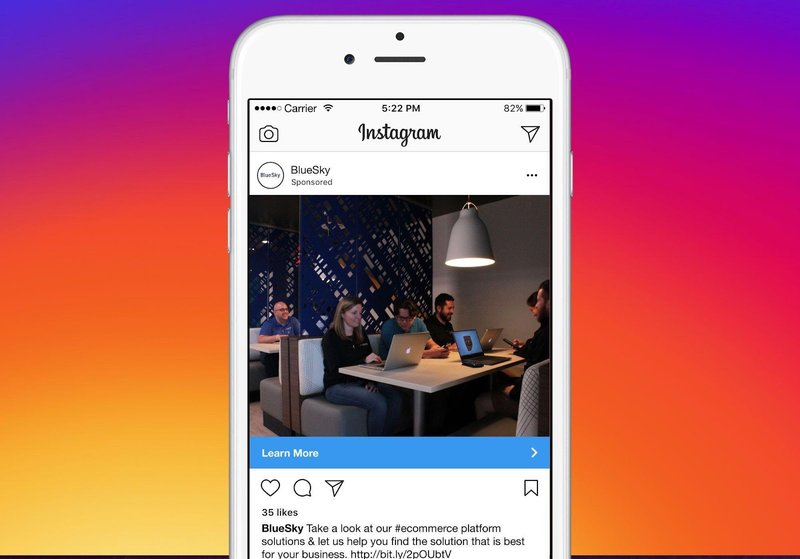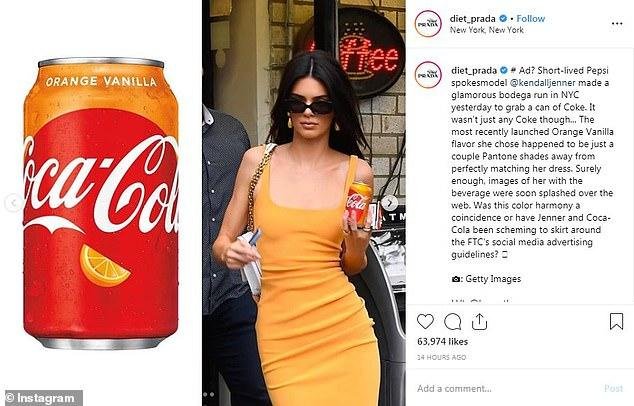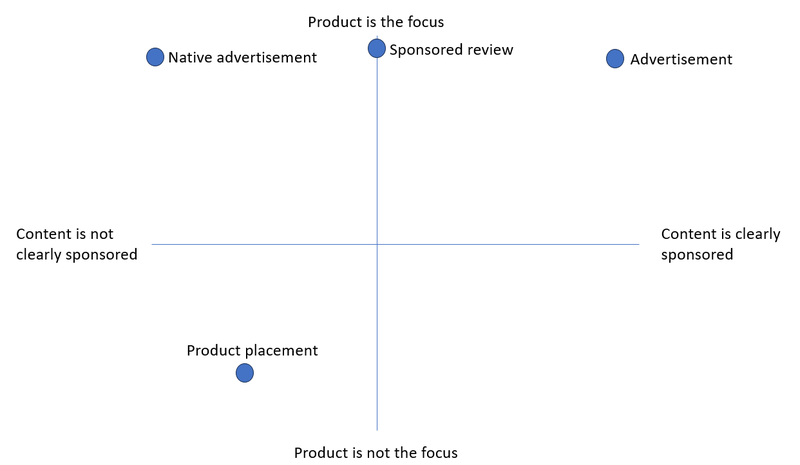Sponsored content 1: the theory
- Sponsored content
- Advertising that a brand pays an online publisher to create and seamlessly integrate, conforming to the design, format, and content of the website or social media feed where it is published. Dictionary.com
This lesson plan provides students with the theoretical framework for sponsored content they encounter daily through media and social networks.
Lesson goals
- Learning about the kinds of sponsored content we encounter online
- Detecting and critically thinking about sponsored content
Activities
Theory (30 minutes) - teacher-centered
Teacher presents the topic of sponsored content.
Aim: students get acquainted with the concept of sponsored content.
Discussion questions (15 minutes) - class
Teacher moderates a class discussion on the topic.
Aim: students reflect on what they have just learned.
Pedagogical tips and recommendations
- If possible, follow this lesson plan with “Sponsored content: the game.”
Theory (30 minutes)
Sponsored content is advertising that a brand pays an online publisher to create and seamlessly integrate, conforming to the design, format, and content of the website or social media feed where it is published. Straightforward enough, right? Let’s take a closer look at this definition.
First, what does this advertising advertise? The product featured in sponsored content can be something tangible - a pair of jeans, a floor lamp, a video game console, a video game, or a weight loss tea (a dubious product often promoted by the Kardashian/Jenner family). It can also be an experience, like a party, or something even more nebulous, like investment advice. In it’s most abstract form, what sponsored content can promote our ideas? This is the case when said content is sponsored by, for example, certain industries and companies, or even governments.
Now, how about “seamless integration”? This stands for the tendency of sponsored content to blend into the context in which it is published, be it an online magazine or a YouTube channel. In other words, sponsored content is designed to look less like a commercial and more like a genuine recommendation.
Laws on native advertising regulate how sponsored content should be flagged for media consumers. However, the line between a genuine recommendation and sponsored content can still be blurry. Let’s look at six questions to help us understand sponsored content.
Who is a content sponsor?
The most typical content sponsor would be a brand or a company that wants to promote a certain product or a service. Sometimes, content can be sponsored by governments and/or international organizations. In any case, whoever sponsors content must be able to afford it.
Why do they sponsor content?
The logic behind sponsoring content is simple: the sponsor wants to create outreach for whatever it is they want to push. If we break this down, we might find several reasons:
- Sell a product: this is the most obvious reason why you might use advertising or other forms of sponsored content to reach more sales of a certain product directly.
- Create a brand: similar, albeit different; sometimes you want your brand to become more famous so that you can later sell more products, charge a higher price, or just unlock benefits that come from having a well-known brand.
- Improve brand image: it is common for big companies to cause immense harm to humanity and the planet. When they do so, they will often try to change their public perception by ensuring the media reports on positive aspects of their activities.
- To build a website: this usually denotes a smaller operation, but sponsored content often gets people to start using one particular website.
What do they sponsor?
We are going to list four different types of sponsored content:
Advertisement: this is the most classic version, where a promotional message is mixed in between other pieces of content. Usually, this is marked and easy to spot:

Product placement: this is the intentional placement of a certain product or a brand in content, usually about something else. This can mean films, shows, video games, etc:

Sponsored review: this is paying someone, usually an influencer or a media house, to do a review of some product. The review itself can be arranged in advance — or not:

Native advertising (advertorials): this is the trickiest of them all, sponsored content, that masks itself as actual content and hides the fact that it is sponsored:

We could list more, but we will satisfy ourselves with these four because they represent a basic compass chart with two scales: one along the axis of the product is the focus of the content, and the other is not the focus of the content. The other axis along content is clearly sponsored to content is not sponsored:

We must know how to recognize sponsored content.
How does it work?
Sponsored content usually works in several steps:
- The brand or company identifies its target demographic, essentially the people it wants to reach. This can be either the people who will be buying their products or maybe even people who influence these people (i.e. their children).
- The brand or company chooses the media/influencers/platforms it wants to work with. A lot of this has to do with the target demographic and where they spend their time.
- The brand or company chooses the content they want to put out — deciding on what strategy will work best for them.
- The brand or company tracks the results of their advertisements so they can improve on it.
It is important to note that advertising has become a science, which, coupled with the psychological insights and advanced computational algorithmic capacities, the advertisers possess a significant advantage over often oblivious consumers.
Where does this take place?
Sponsored content can be found in many media. Usually, only well-off traditional media are truly immune to it — many media get a lot of funding through sponsored content. However, there is a big difference between regular advertisements and advertorials.
We must understand their business model to understand who meddles in sponsored content and who does not. Instagram influencers, for instance, make money almost exclusively from sponsorships and product placement, which means that they are likely to do much of it, whereas subscription-based traditional media will probably employ far less — if any — sponsored content.
When does this happen?
Sponsored content is very old — some sources state it is as old as ancient civilizations. It has to be noted that it has mostly evolved regarding the tactics and knowledge advertisers have at their disposal. Of special importance here are algorithms, psychology, and cognitive science.
Discussion questions (15 minutes)
- Have you ever encountered any hidden sponsored content before?
- In what types of media do you believe sponsored content is most prevalent? Are there any media platforms that are less likely to feature sponsored content? Why?
- What common goals do sponsors aim to achieve through sponsored content? Can you provide examples of each of these goals in action?
- Is hidden sponsored content ethical?
- Would you ban advertisements?